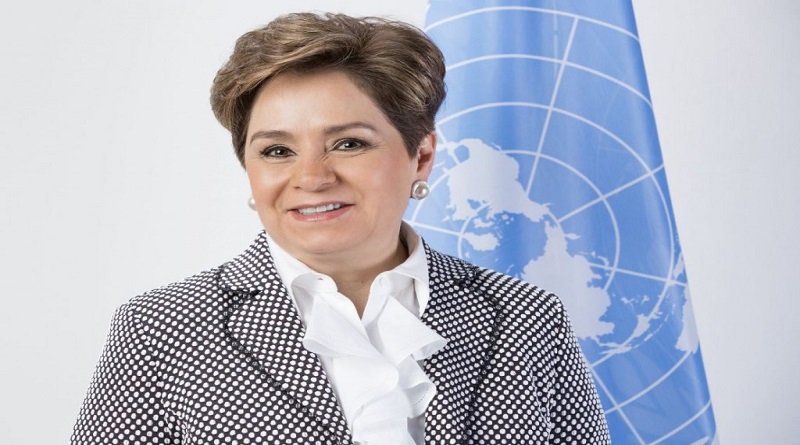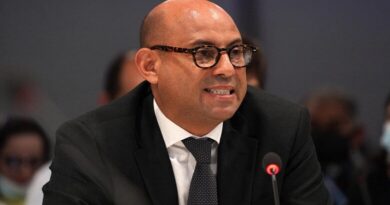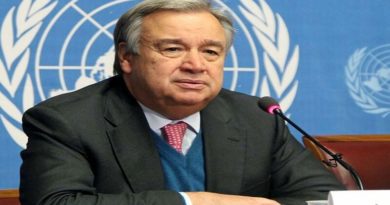Women still underrepresented in decision making on climate issues under UN
The new Gender Composition Report by UN Climate Change shows that the number of women represented in the bodies of the UN Framework Convention on Climate Change (UNFCCC) is not in line with efforts to create gender balance in the Convention. Only two constituted bodies reported near gender balance in 2019 as opposed to three last year. This points to a step back in gender balance in climate decision-making under the UN.
Women and girls around the world are demanding more climate action at the national and international level and have received increasing recognition for their leadership. However, in the climate decision-making process, women’s voices are not yet equally represented. .
In 2012, during the UN Climate Change Conference COP 18 in Qatar, Parties to the UN Climate Change Convention reaffirmed the urgent need to ensure gender balance in all aspects of negotiations and decision-making. They agreed a goal of gender balance in bodies under the Convention and the Kyoto Protocol, as well as annual reporting on progress towards achieving the goal.
The annual Gender Composition Report includes two main components: The gender composition of decision-making and technical bodies under UN Climate Change (also known as constituted bodies) as well as national delegations to climate conferences. It shows that the first positive trend towards more gender-balanced constituted bodies that was reported in 2018 has been reversed in 2019.
The report posits that changes in gender balance are inconsistent and tend to vary from year to year and across constituted bodies. Based on the current data collected, only 5 out of 15 constituted bodies had female representation exceeding 38%, which is less than in 2018 when 8 out of 13 constituted bodies reached that threshold. Overall, female representation on constituted bodies averaged 33%. The Clean Development Mechanism (CDM) Executive Board produced the lowest number, with only 10% female representation.
Reasons for Optimism
However, the report also showcased a positive step forward. For the first time, two constituted bodies have more than 50% female representation. The Adaptation Committee (AC) had 56% female members and the Paris Committee on Capacity-Building (PCCB) peaked at 58%.
A lack of progress in achieving equal representation in climate decision-making is also apparent in national delegations. Among the 11,306 national delegates to the 2018 UN Climate Change conference in Katowice, Poland, only 38% were women, an improvement nevertheless of 1% from the previous report. However, the numbers were generally lower for the heads of delegation, only 27% of whom were women.
Despite these statistics, the importance that Parties place on achieving more equal representation and meaningful participation is reflected in one of five priority areas under the UN Climate Change Gender Action Plan (GAP), on gender balance, participation and women’s leadership.
The GAP, created under the Lima work programme on gender (LWPG), aims to advance equal participation of women, promote gender-responsive climate policy and mainstream gender in the UNFCCC process. The GAP and the LWPG will both be under review during the upcoming UN Climate Change Conference COP 25 in Madrid. Discussions during pre-COP in Costa Rica have demonstrated willingness by Parties to extend the GAP and the LWPG with an enhanced framework that would underpin the work being done on gender balance across the UNFCCC.




